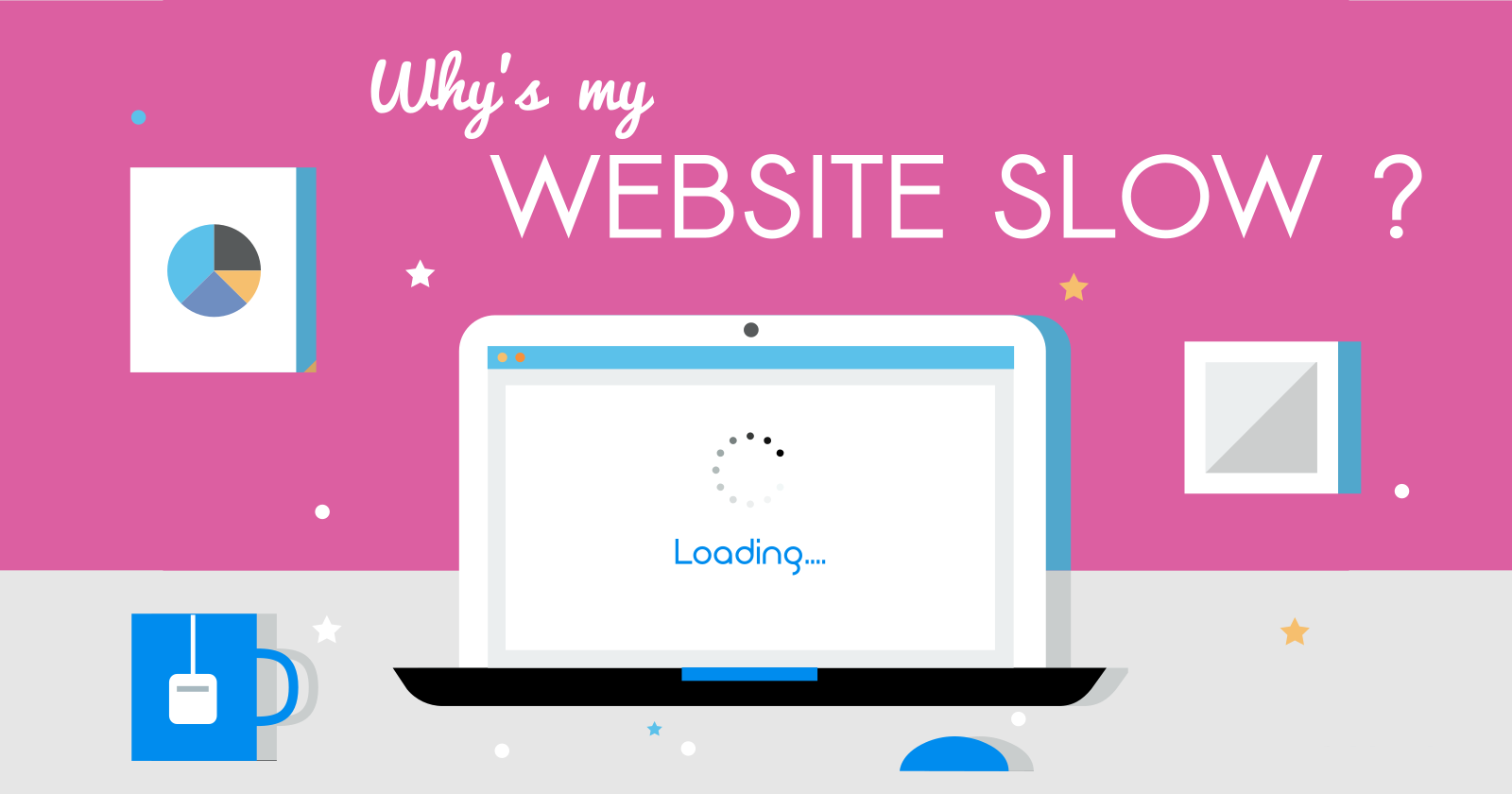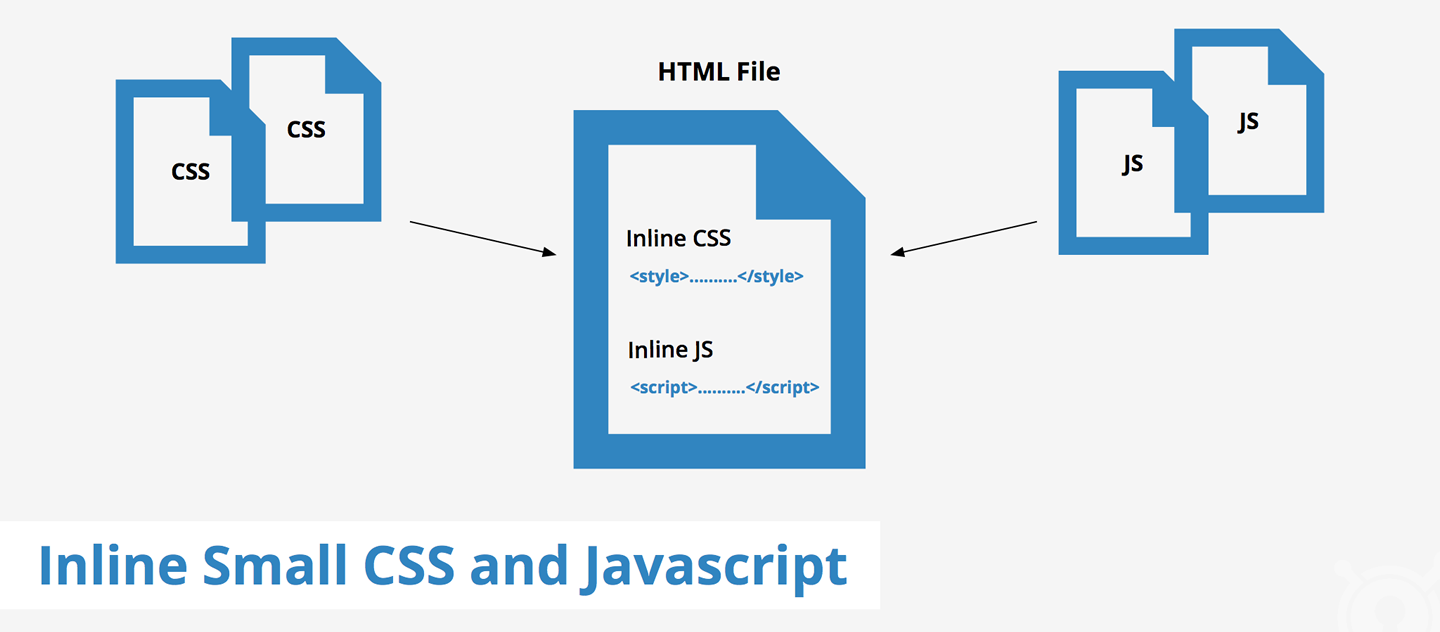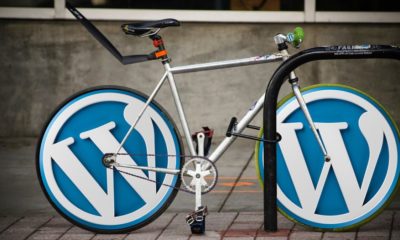

Website Performance
A Slow Website – Time to First Byte (TTFB)
There are so many reasons why a website could be slow, and one reason is TTFB, or Time to First Byte. Most of the WordPress optimization tips focus on the front-end of the website, tips like compressing your images or minimizing CSS.
While these are good tips for speeding up your website, you mustn’t neglect the backend either otherwise you will have slow database queries, your origin server getting to its limit because the code is not being executed efficiently, and so on.
What is TTFB?
TTFB stands for Time to First Byte and it describes how long it is from when a visitor puts in an HTTP request to when the first data byte is received from the web server. There are three components to this:
- The time that is needed for sending the HTTP request
- The time that is needed for the server to process it
- The time that is needed for the first byte to be sent back from the server
How Slow TTFB Negatively Affects Your Visitors
The web browser is provided with an HTML file which contains the asset references; each of these assets must then be downloaded in sequence. The browser doesn’t even begin to download without being in receipt of the HTML file but, as they start to receive the first bytes of that file, they will begin downloading the assets.
So, you can see from this that the TTFB has got a good deal of importance. However, in many cases, some website content may be blocked from fetching the assets until the HTML has finished downloading.
Why Could Time to First and Time to Last Byte be Slow?
The best way to find out if your website backend is slow is to run a speed test using a tool like KeyCDN or Pingdom. This will show you how long the time to first byte is, giving you a starting point for fixing the issues.
On average, you want to be looking for a TTFB time of less than 100ms; between 200 and 500ms is a standard speed, 500ms to 1s is not good and anything above 1s needs fixing.
It is critical that these issues are quickly identified because fixing them can have a significant impact on the way your architecture has been built or in the design of your database. Any asset that follows will be affected by the delays.
The following is a list of some of the more common issues:
- The code that is on the origin server is not efficient
- Design of your database may result in slow queries, such as commits, indexes and stored procedures, etc.
- The web server has not been configured correctly
- The origin server is at full capacity
Testing TTFB
KeyCDN has produced a web performance tool that will test your TTFB on one asset from 14 separate test locations. All you need to do is input the asset URL and you will be given a report on the status of that asset, the cache status, DNS, ETag, TLS, and TTFB.
If you see a green indicator, it means the time is under 400ms; this is the ideal test to tell you which locations are returning a slow TTFB performance.
One other metric to consider is TTLB – Time to Last Byte which, as you would expect, is the time taken to deliver the final byte of data.
If there are significant differences between TTFB and TTLB, it could be down to general connection issues or geographical locations, leading to an increase in latency and a decrease in speed and throughput. Identifying both times is recommended so that you can see where the issues are occurring and fix them.
Editorial
Website Performance Tip – Inline Your CSS and JS
One way to improve your page load speed is to inline CSS and JavaScript and all this means is that you include both in your HTML file.

One way to improve your page load speed is to inline CSS and JavaScript and all this means is that you include both in your HTML file.
You should have the inline small CSS inside the ‘’ tag while the inline JS can be in the ‘’ or ‘’ tag. Most of the time, best practice dictates that you should call JS and CSS using an external file, but you can include snippets of both in the HTML, saving multiple round trips, and speeding things up a little.
Many of the top site speed test tools recommend inlining CSS and JS and it is relatively easy to do. However, you do need to be careful that you don’t overdo it and inline too much.
Example of Inline Small CSS and JS
To give you an idea how to do it, this example shows you what your HTML file may look like when CSS and JS are inlined. We’ve enclosed the CSS inside ‘
‘<html>
<head>
<title>Inline Small CSS & JS Example</title>
## Start Inline CSS
<style>
body{background: #f5f5f5;}
a{color: #24890d; text-decoration: none;}
h1{font-size: 26px;line-height: 1.3846153846;}
</style>
## End Inline CSS
</head>
<body>
……
## Start Inline JavaScript
<script>
JavaScript code…
</script>
## End Inline JavaScript
</body>
</html>’
If you have got several small CSS or JS files, the code from each one may be inlined in the HTML file but do keep an eye on the overall size of the file.
Drawbacks
As with everything, there are a couple of drawbacks to inlining CSS and JS, more specifically, a tradeoff between caching and requests.
When you include the resources in the HTML file, you don’t need to make the extra requests to the resource but, where your resource file is quite large and mostly static (it doesn’t change much), it is probably best not to inline it, so the browser can cache it.
The biggest drawback of inlining is that CSS and JS can’t be cached because the browser can’t store what is in the HTML file.
This means that the entire HTML file needs to be fetched every time and, if it is full of CSS and JS, then it could be far more detrimental than retrieving the CSS or JS individually.
For this reason, you must be careful about how much you inline and don’t bloat the HTML file out.
Benefits
The benefits of inlining CSS and JS include fewer round trips thus reducing loading time so, if you some files that have only a little CSS or JS in them, it is worth adding to them to the HTML to make page loading more efficient.
This is also the recommended method to use if you want to cut down the latency caused by CSS, resulting in the critical path being optimized.
As said earlier, don’t overdo this. If the CSS and JS files are too large it is better to let them be cached rather than having to call a bloated HTML file every time.
Alternatively, if you can’t inline then another way is to combine small CSS into one external file and JS into another and call them that way – this also cuts down on round trips and boost page speed.
Optimizing Scripts
WordPress Performance Tip: Implement Full Page Caching
Every week a new caching plugin gets released but before you jump on each one to try it out, you need to understand how caching works, especially as it is multi-level.

Every week a new caching plugin gets released but before you jump on each one to try it out, you need to understand how caching works, especially as it is multi-level.
Whenever a request is sent by a user to a specific page, the reply doesn’t come straight from the website. Instead, if the data is fresh, it must be prepared from scratch and that takes time.
By the time it actually arrives with the user, the chances are they’ve gotten fed up and gone to another website.
Full Page Caching
Full page caching is done at different levels:
- Network level
- Server level
- Application level
Network Level
Two excellent examples of full page caching at network level are Cloudflare and Fastly. Both of these implement full page caching before a request even gets to the server where your website lives.
This is down to point of presence being used in multiple locations so that, when a user requests a page, the request goes via Cloudflare or Fastly, to the server.
The Point of Presence (PoP) caches the response for a predetermined time. For example, if the server sends an s-maxage cache header of 24 hours, any subsequent request for that page will be served by the PoP server for a period of 24 hours, and not the origin server.
Server Level
This type of full page caching is done by the web server or the origin server. For example, Apache uses Traffic Server, while Nginx uses fastcgi caching and proxy cache.
Application Level
There is no trickery here, its all done by WordPress caching engines and these are the most popular:
- WP Super Cache – the most popular caching engine with a few add-ons, like the integration of CDN.
- W3 Total Cache – another very popular one, with CDN integration and tends to be installed by default on many web hosts
- Batcache – a plugin that doesn’t get used as much as it should, this one does just what it says – caching. Nothing more, nothing less. There is no CDN integration, no preloading of cache, no tricks. Just pure and simple full page caching. There is a catch though; there is no file-based caching. Most plugins that offer caching generally create files that have got the cached page version in them so that when the request is made, the file is served. Batcache will create an entire full page cache and store it in WP Object Cache.
These are the best solutions available for full page caching on your WordPress website. It really doesn’t matter which one you choose, it will have the result of speeding up your page loading times and server response time.
If you choose one of the caching plugins, simply go to your WordPress dashboard and download it from there. None of them require any special configuration because they are simple plugins that do what they say on the box.
Full page caching is one of the first optimizations you should make for speeding up your website because it seriously affects the front-end experience.
Website Performance
WordPress Performance Tips – Enable Keep Alive
Keep-Alive allows a Transmission Control Protocol (TCP) connection to gain access to several files from the server to the browser, rather than having to create a connection for each new request or file.

Keep-Alive allows a Transmission Control Protocol (TCP) connection to gain access to several files from the server to the browser, rather than having to create a connection for each new request or file.
It is often termed as a persistent HTTP connection but how does it work?
Anyone who has a website knows how a web browser and server works, how they connect and coordinate every request. When you go to any webpage, the browser will create a new connection with the server and then send requests for specific files; the server gives the thumbs-up and the browser gets the go-ahead.
The browser will download that file and then another connection is made for another file, and so on.
Now, let’s suppose that your browser is requesting 10 files so that a webpage can be displayed.
That means your browser needs to create a connection for each one, that’s 10 connections and each one must be requested individually – that can really slow down the speed the webpage loads at.
Enable Keep-Alive
Enabling Keep-Alive is one way to ensure a browser creates just one connection to access every file it needs in one hit. This results in fewer requests being sent to the server, fewer server resources being used, and much faster page load speeds.
It doesn’t matter whether your website is a simple blog, or a full-on powerhouse e-commerce site loading speed is important so enabling Keep-Alive is also important.
You may find that your web host already has it enabled by default so do check with them first before you do any of the following methods.
Enabling Keep-Alive Using .htaccess
Find your .htaccess file and open it. Add the following code to it:
# TN START ENABLE KEEP ALIVE
Header set Connection keep-alive
# TN END ENABLE KEEP ALIVE
This should be added right at the end of the .htaccess fie, after the very last line and it will add a Keep-Alive HTTP header enabling the feature.
Enabling Keep-Alive in Apache
Many of the new Apache servers already have Keep-Alive enabled by default, However, if it isn’t, you need to access the HTTP Server Configuration file for your Apache server. Look for the file in
– /etc/httpd/conf/httpd.conf
And then add the following code to the file:
# Set it On to enable Keep-Alive, Off to disable Keep-Alive
KeepAlive On
# Set maximum requests per connection, set 0 for unlimited request, 100 request per connection is ideal
MaxKeepAliveRequests 100
# Set per connection timeout for next request
KeepAliveTimeout 15
Enabling Keep-Alive in Nginx
If you use an Nginx server, you will probably find that Keep-Alive has already been enabled.
If, on the slim chance, that it hasn’t, you will need to go into the core module of the server, which is called ngx_http_core_module and look for where it says ‘keepalive_disable’. Change this to read enable and you should be good to go.
Have you done this? Is Keep-Alive enabled on your website? Make sure it is and enjoy much faster loading times.
-

 Website Performance7 years ago
Website Performance7 years agoWebsite Optimization Tips – Optimizing the Order of Styles and Scripts
-

 Web Content8 years ago
Web Content8 years agoHow to test a copywriter
-

 Website Performance7 years ago
Website Performance7 years agoWordPress Performance Tips – Enable Keep Alive
-

 Web Content11 years ago
Web Content11 years ago7 Basic Principles Of Good Writing
-

 Digital Marketing Training7 years ago
Digital Marketing Training7 years ago13 Steps To Building A Profitable High Traffic Technology Blog – Part five – WordPress Hosting
-

 Digital Marketing Training7 years ago
Digital Marketing Training7 years ago13 Steps To Building A Profitable High Traffic Technology Blog – Part Four – your logo
-

 Research and SEO11 years ago
Research and SEO11 years agoNew Google Penguin Algorithm Update Being Rolled Out
-

 Digital Marketing Training7 years ago
Digital Marketing Training7 years ago13 Steps To Building A Profitable High Traffic Technology Blog – Part Three – the baby business plan






